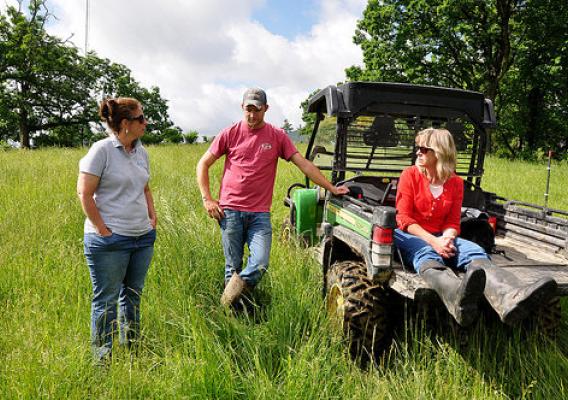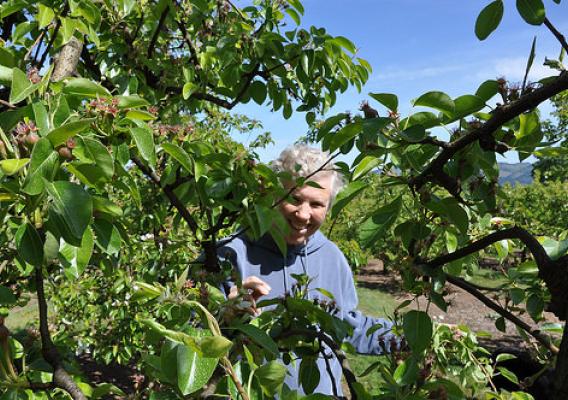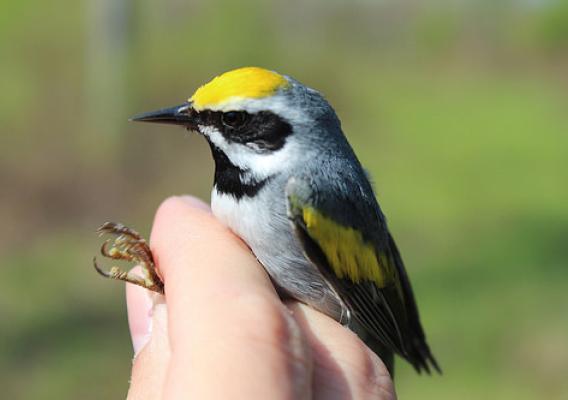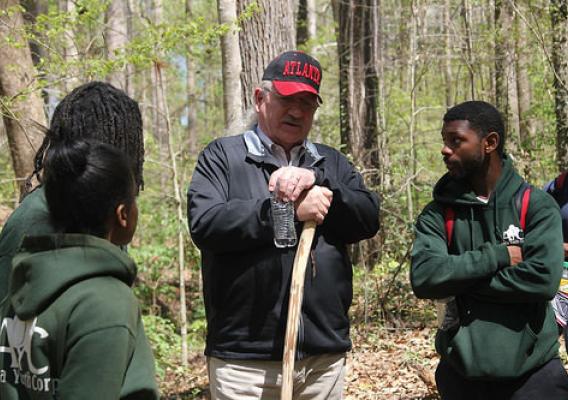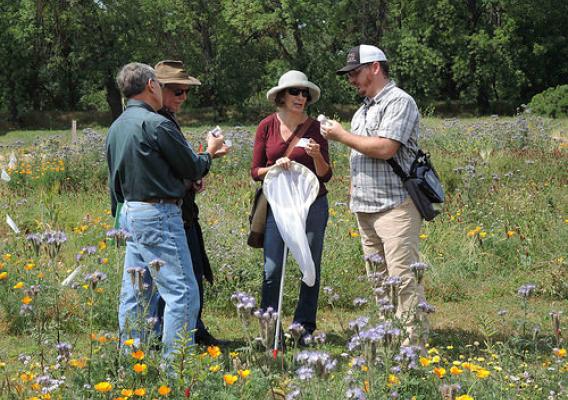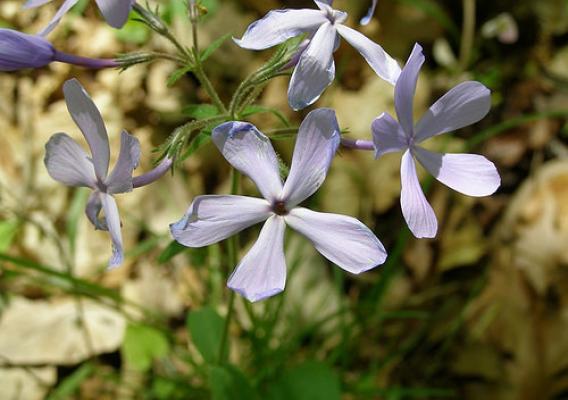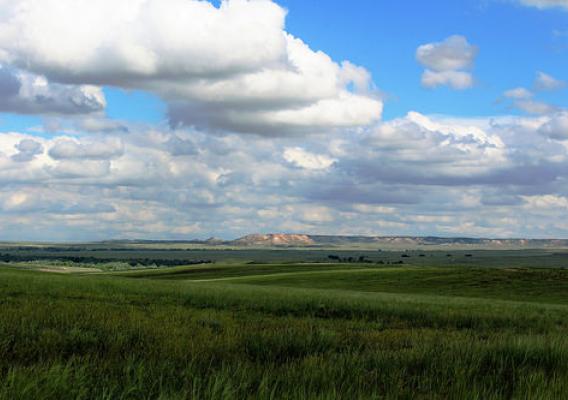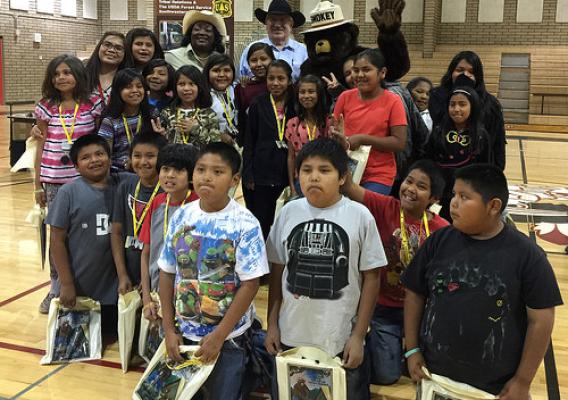Cross-posted from the EPA Connect blog:
In September of 2015, EPA and USDA sponsored a three-day national workshop at the Robert B. Daugherty Water for Food Institute in Lincoln, Nebraska that brought together more than 200 experts and leaders representing the agricultural community, utilities, environmental NGOs, private investors, states, cities, and tribes to discuss how to expand the country’s small but growing water quality trading markets. Recently we released a report that summarizes the workshop’s key discussions and outlines new actions that we and others will take to further promote the use of market-based tools to advance water quality improvements.
Over the last decade, states and others have discovered that they can meet their water quality improvement goals through lower costs and greater flexibility by using a voluntary water quality trading program. Trading is based on the fact that sources in a watershed can face very different costs to control the same pollutant. Trading programs allow facilities facing higher pollution control costs (like a wastewater treatment plant or a municipality with a stormwater permit) to meet their regulatory obligations by purchasing lower cost environmentally equivalent (or superior) pollution reductions (or credits) from another source, including farms that use conservation practices to efficiently reduce the movement of nitrogen, phosphorus and sediment from their fields into local waterways. For example, Virginia’s nutrient trading program to offset stormwater phosphorous loads from new development has saved the Commonwealth more than $1 million in meeting state water quality goals while providing economic incentives to local agricultural producers to reduce soil erosion and runoff.

